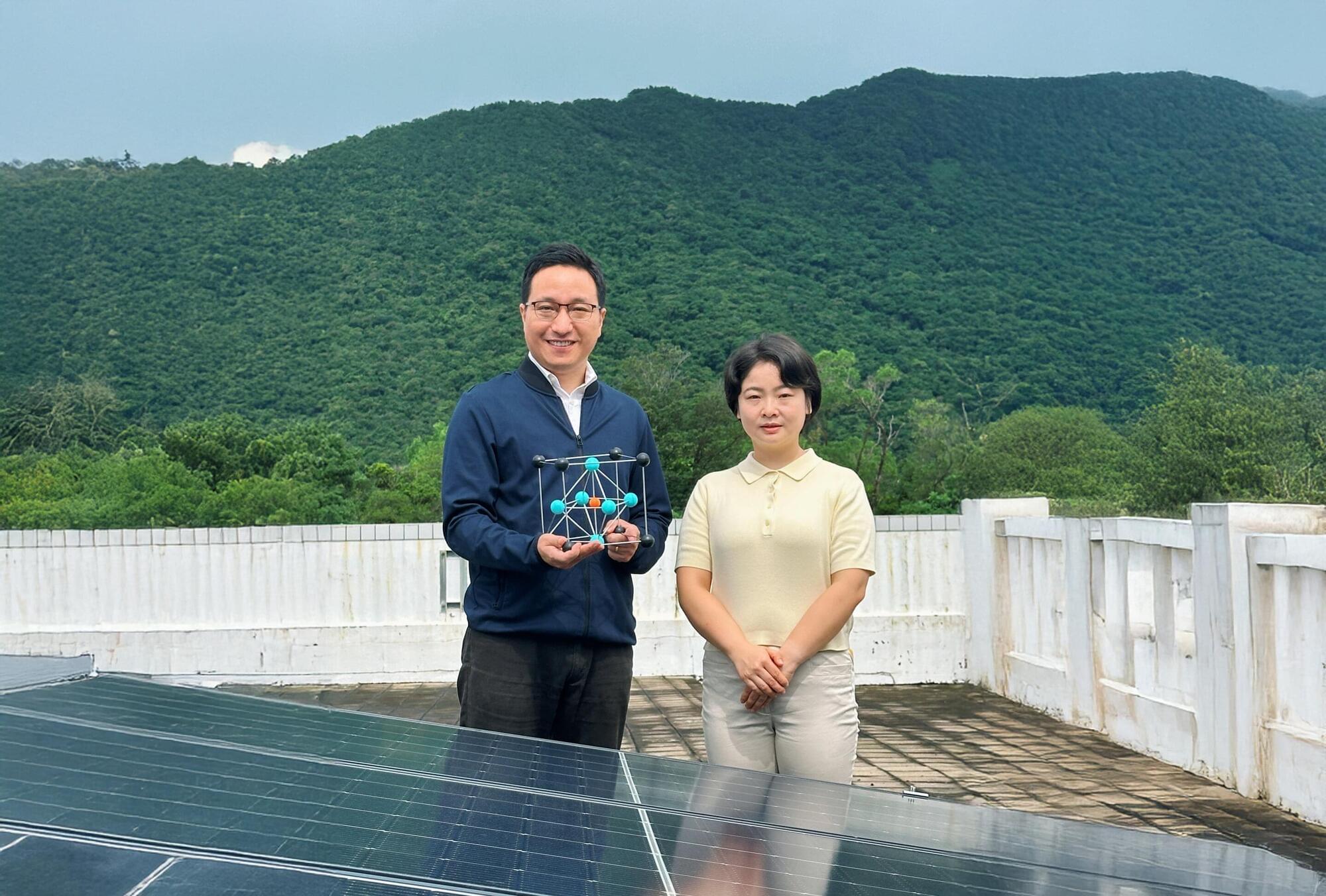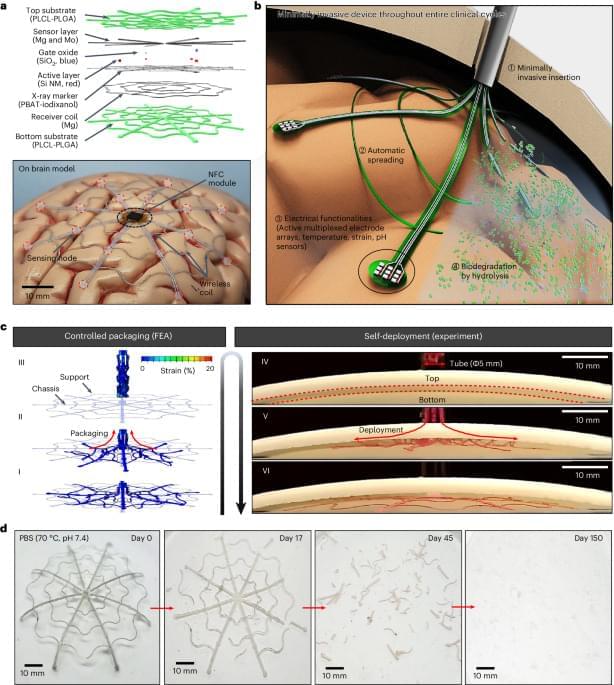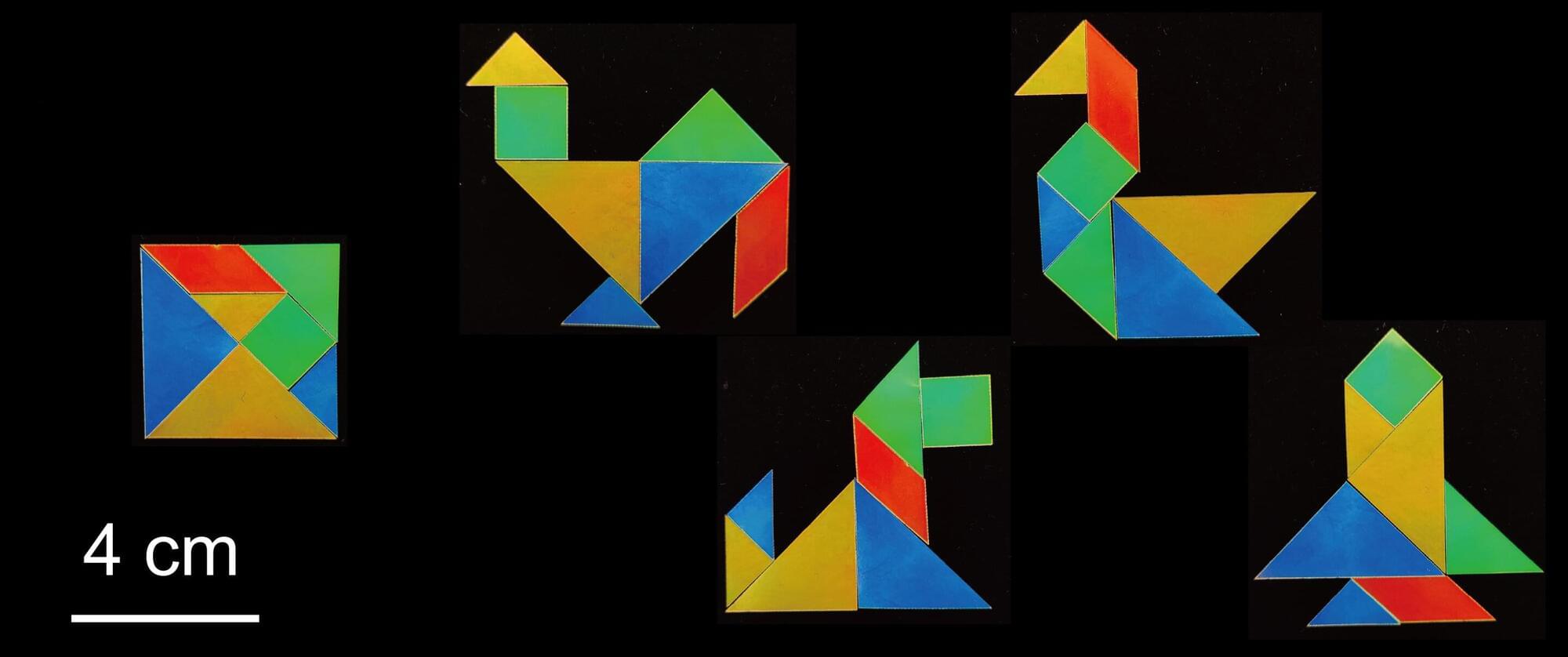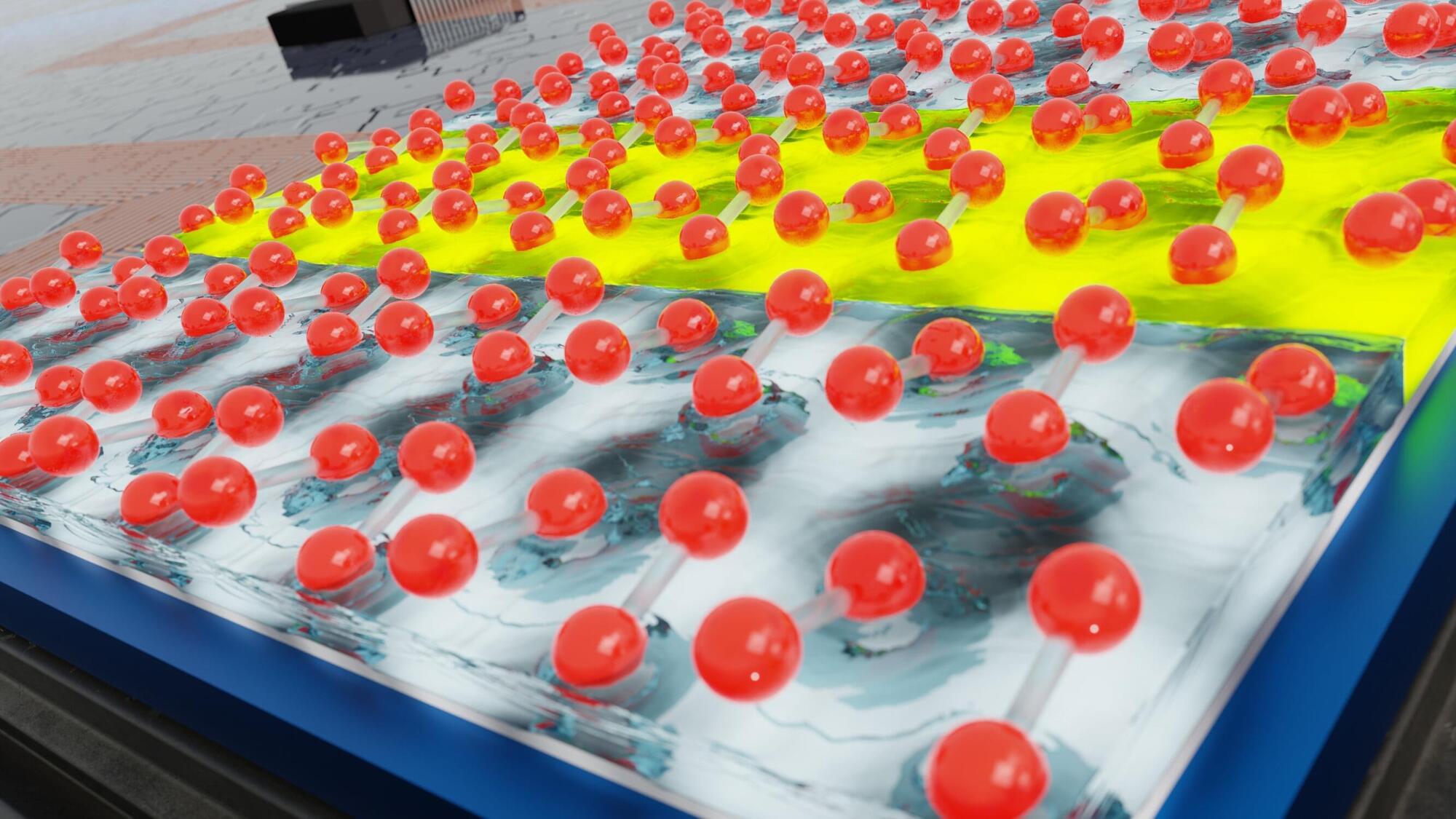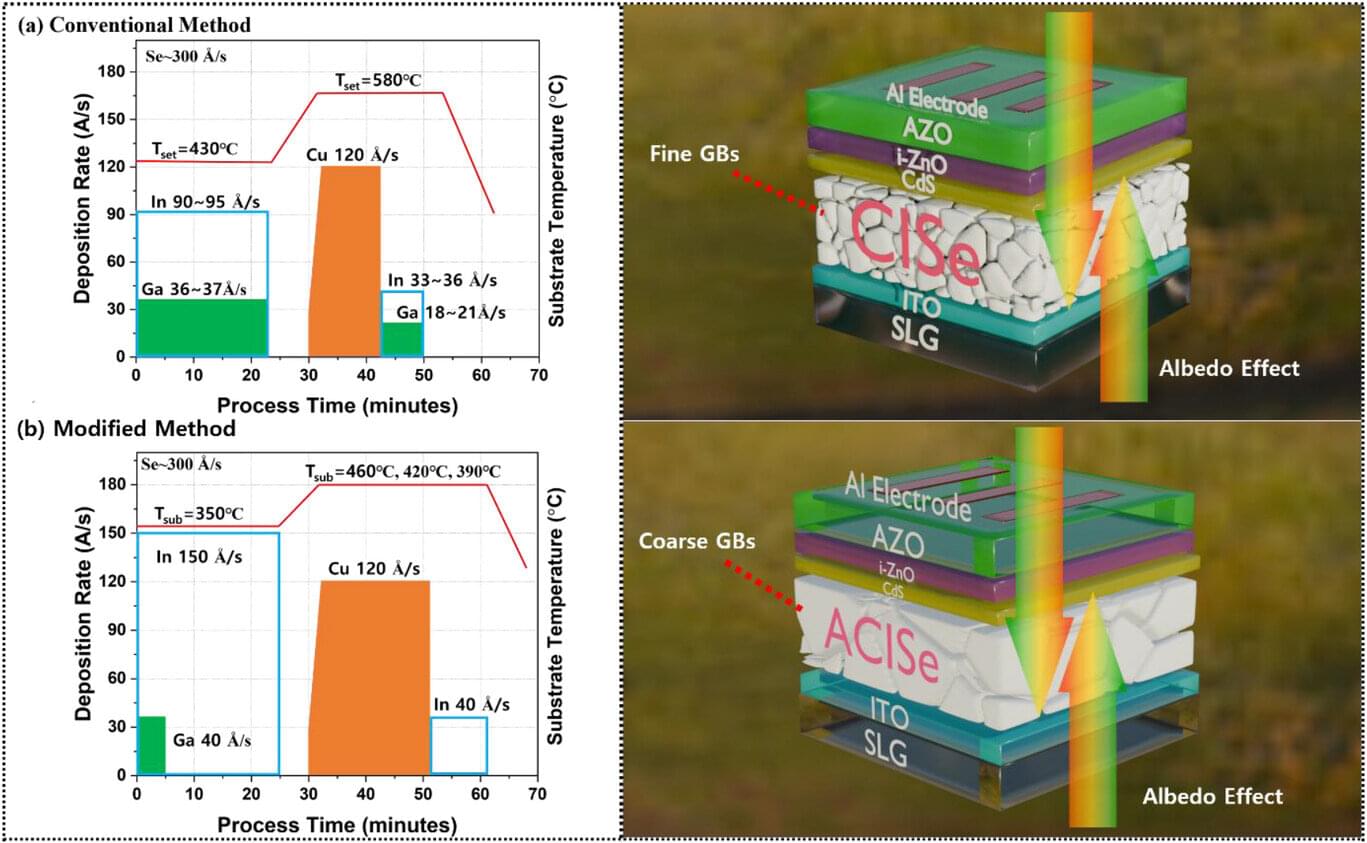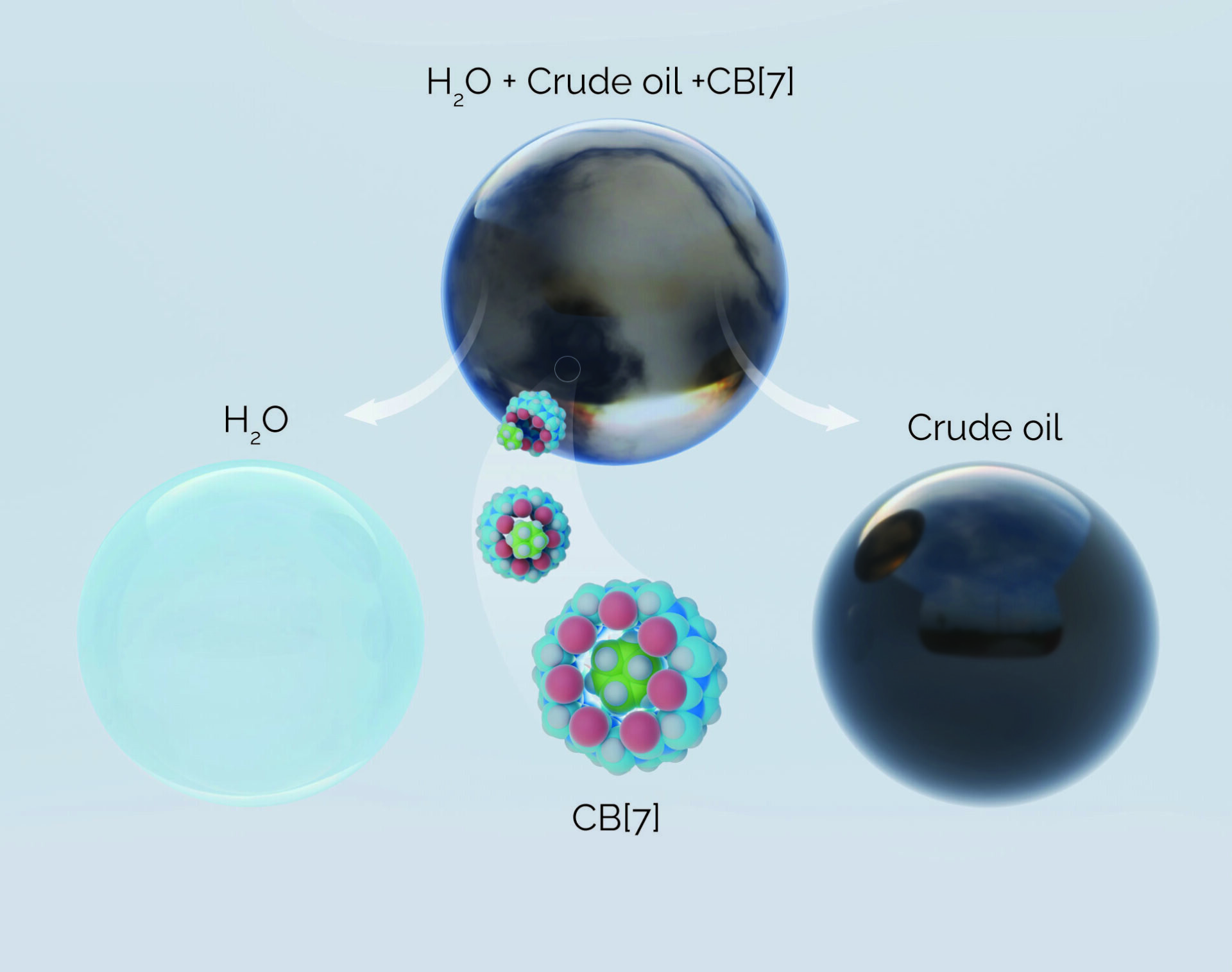Plastics are one of the largest sources of pollution on Earth, lasting for years on land or in water. But a new type of brilliantly colored cellulose-based plastic detailed in ACS Nano could change that. By adding citric acid and squid ink to a cellulose-based polymer, researchers created a variety of structurally colored plastics that were comparable in strength to traditional plastics, but made from natural biodegradable ingredients and easily recycled using water.
Many plastics are dyed using specialized colorants, which can make these materials hard to recycle using typical processes. Over time, dyes can fade or leach into the environment, posing risks to wildlife. One way to make these colorants largely unnecessary could be a phenomenon called structural color. This occurs when tiny structures in a material reflect certain wavelengths of light rather than a dye or pigment molecule. Structural color gives peacock feathers and butterfly wings their vibrant hues and dazzling shine, but certain synthetic polymers display structural color as well.
Hydroxypropyl cellulose (HPC), a derivative of cellulose often used in foods and pharmaceuticals, is one example of a material that can display structural color. In liquid form, it shines in iridescent tones, but its chemical properties have historically made it difficult to form into a solid plastic. Researchers Lei Hou, Peiyi Wu and colleagues wanted to see if they could fine-tune the chemistry of HPC to create vibrant, structurally colored plastics that worked as well as existing petroleum-based plastics and were environmentally friendly.
